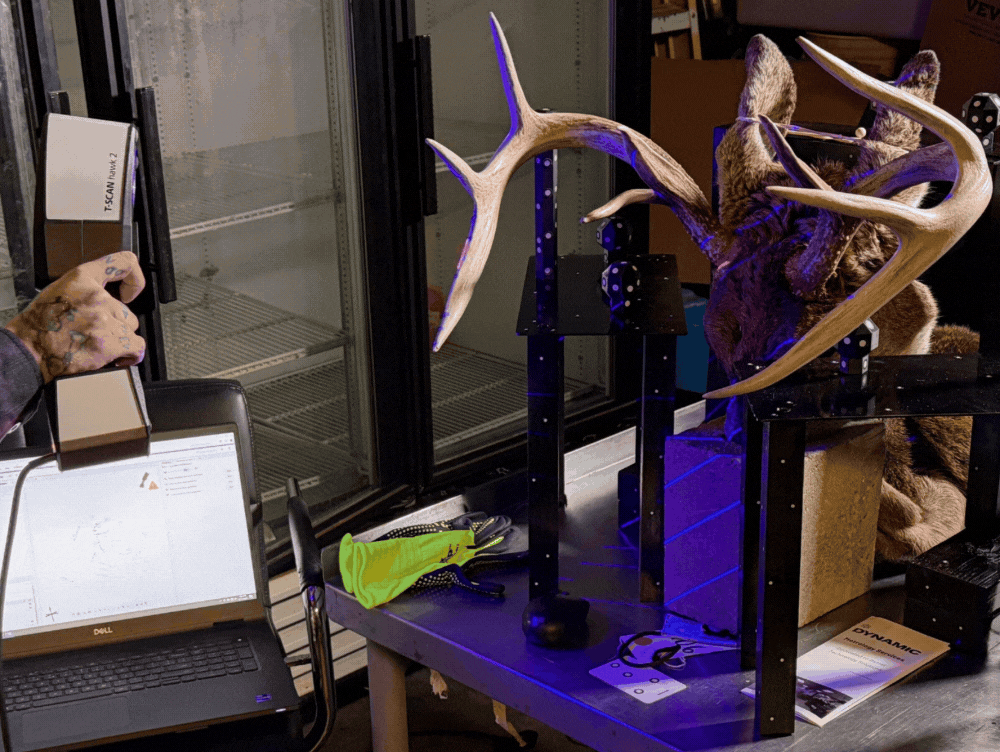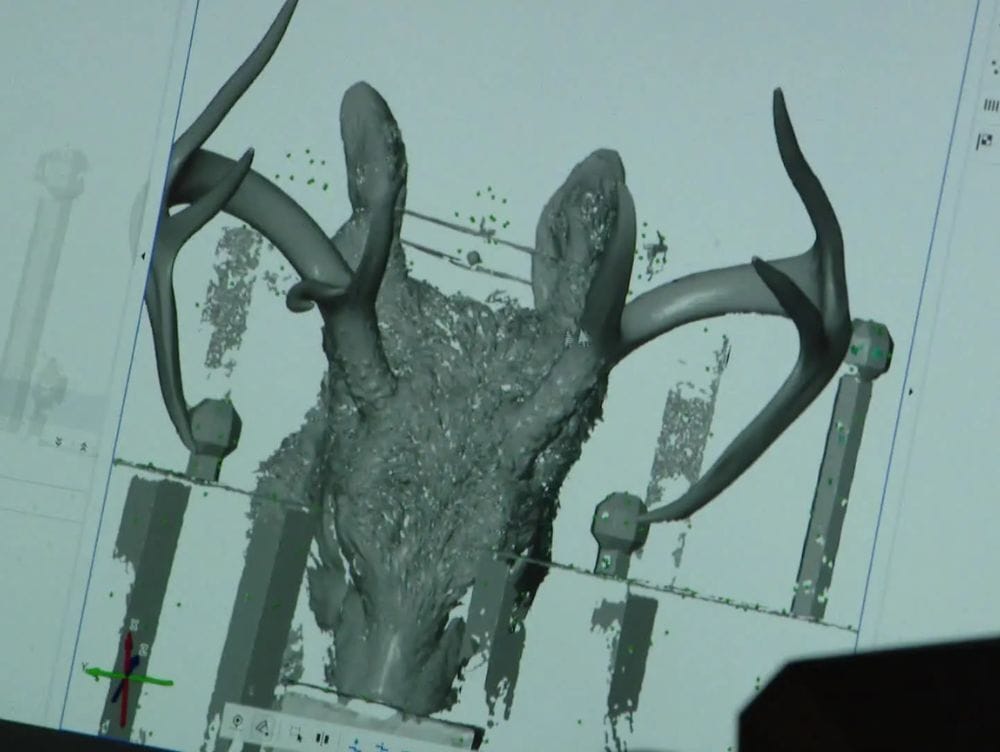
Hunters, fresh from the fields of Michigan with their hard-earned trophies, might soon be trading tape measures for high-tech scanners when it comes to antler scoring. Dynamic Metrology Services, a West Michigan firm, is rolling out its micron-precise 3D antler scanning service just in time for the 2025 firearm opener by offering scans for a mere $50 a pop. But this isn't just about bragging rights; it's a digital leap that could reshape how we measure, memorialize, and maybe even judge the whitetail giants of the wild.
At its core, 3D antler scanning uses advanced optical systems to capture a full, high-resolution digital model of a deer's rack. Nick Surman, a metrology applications engineer at Dynamic Metrology, describes the process as "game-changing simplicity." Hunters drop off their antlers at a partner facility, where a scanner that is capable of detecting details as fine as a single hair, zips through a non-contact sweep in under five minutes. The output is a treasure trove of pertinent data that include Boone and Crockett-compatible scores down to the micron, plus exportable 2D and 3D files.
Those files aren't just data points. They're creative fuel allowing users the ability to print a life-size replica for your mantle via 3D printing, etch the silhouette onto a custom T-shirt, or even spin up an augmented reality model to relive the hunt on your phone. "Your mind is the limit," Surman told local reporters, emphasizing how the tech turns a static trophy into an interactive story. For 2025, Dynamic Metrology is expanding beyond the one-day pop-up at Barb's, partnering with more processors across Kent County and offering mobile scanning for outfitters. Early adopters report wait times as short as 24 hours for lab-verified scores, with digital files emailed instantly.

A 3D Scan | Dynamic Metrology
This new tech isn't strictly isolated to Michigan either. Nationally, apps like Trophy Scan are democratizing the tech further. Launched in full force this year on iOS (iPhone 12 Pro and up), it leverages built-in LiDAR for field-ready scans of whitetail, mule deer, or elk antlers. Free for basic use, it spits out scores accurate to within 1% of official measures, complete with shareable 3D GIFs and cloud storage.
Traditional Scoring: Tape, Symmetry, and the Human Touch
Antler scoring traces back over a century, born from the need to quantify "trophy quality" amid booming North American wildlife populations. Enter Boone and Crockett, founded in 1887 by Teddy Roosevelt, the club standardized measurements to promote conservation through fair chase ethics. Pope and Young, established later on in 1961 for bowhunters, adopted the same system but tailored it to archery's challenges.
Both use an identical formula that includes measuring beam lengths, tine circumferences (at smallest points), and inside spread.
Above all else, traditional scoring is a very hands-on activity that includes stretching tape along curves and eyeballing symmetries under good light. It's ritualistic, but subjective. A quarter-inch variance from a shaky hand can swing a borderline buck from book-eligible to also-ran. Official measurers (certified by both clubs) mitigate this, but disputes still arise, often resolved by panels.

Getting after it the old school way | Justin Fields-Boone and Crockett
Precision Meets Tradition
So, how does this 3D tech actually stack up? Well, it's not a replacement (yet) but rather a form augmentation. Traditional methods shine in portability and zero-tech reliability, operating without batteries or apps. But, as with any manual process, they're prone to human error. Recent studies on photogrammetric alternatives show variances up to 2-5% on complex tines, where scanning can provide Micron-level fidelity that eliminates those minor misses. A 2024 Springer study on fallow deer antlers pitted structured light scanners against tape, finding digital models within 0.1mm accuracy, which was enough to rank eight near-identical 140-inch racks by subtle burr differences.
And while both B&C and P&Y allow for digital aids to help with verification, it doesn’t look as though this technology will dethrone the tape among either club’s hallowed halls. Instead of replacement, it will instead force some sort of evolution which we can all agree is coming one way or another. The good news is that entries will still require physical measurement by certified humans and we all ought to fight to keep it that way for as long as we can.
As momentum builds towards these apps and technology, there are upsides including digital records that contain accurate and shareable information that could very well supercharge population studies and better organize data based on harvest locations across the country.
Ultimately, where the tape might be imperfect, it remains a tool that is ours. We should remain hopeful that 3D scans won’t serve to unseat tradition but instead hybridize it. Will the folks at Boone and Crocket and Pope and Young eventually pilot digital submissions? It’s very likely.
But as long as someone is still getting physical hands on those racks, we’ll avoid completely turning our traditional avocation into an algorithm.

